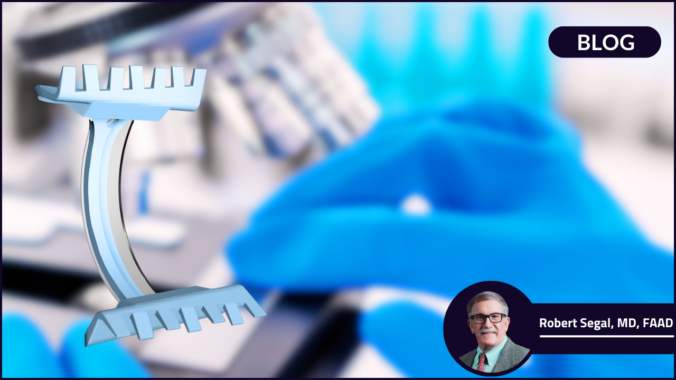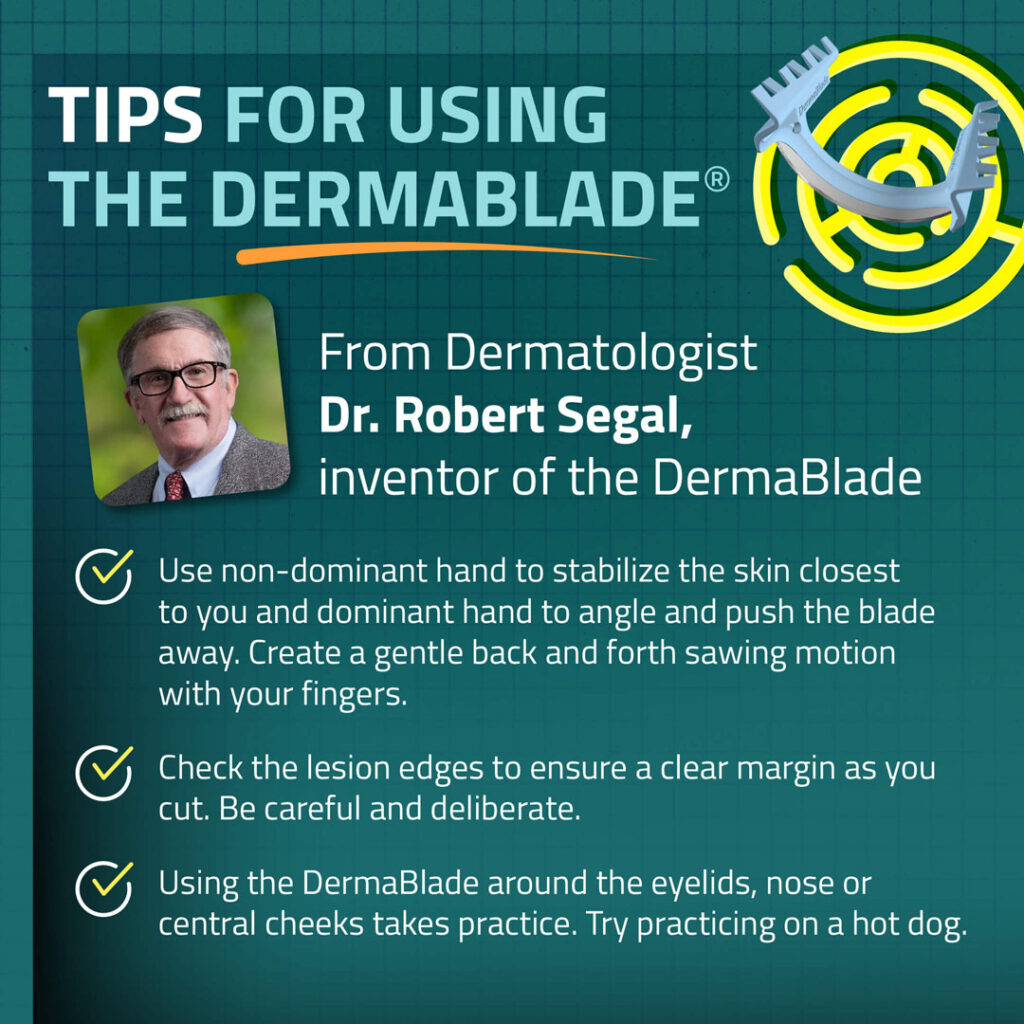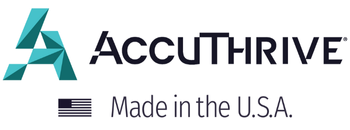
DermaBlade: How One Doctor Solved A Common Shave Biopsy Problem
Before inventing the DermaBlade for shave biopsy, Dr. Robert Segal remembers performing shave biopsies in the 1990s. He was using the best available tool—a double-edge razor blade snapped in half.
The blade worked for tangential skin excisions and biopsies, but there were problems.
“When you turned the blade over to break it, from time to time a piece would fly off and you could cut yourself,” says Dr. Segal, who was then in private practice in Illinois. “Several times my nurses would do that and end up in the ER. This is because a cut from a razor blade can be fairly significant. Plus, patients don’t really like you coming at them with a broken razor blade, which is what it was.”
Shave biopsies have only become more common in the last few decades. This is especially true with the rise of Mohs surgery to treat skin cancer through precise removal of layers of skin to excise a tumor.
Dr. Segal notes that when you squeeze a broken razor blade, the ends might touch and the blade could snap again, which can be very dangerous. “Also, as you squeeze, you lose your grip on the blade and it tends to angle downwards as you advance through the tissue,” he says.
A New Medical Invention: Shave Biopsy Blade
In the 1990s, he thought there must be a better way. And he wasn’t afraid of tackling a medical invention, having already developed Segal Re-Sterilizable Electrodes. He developed these after seeing fellow dermatologists use bent paperclips as electrodes in radio frequency units. Although he sold his first invention out of his house, this time he wanted to partner with a manufacturer.
Dr. Segal sought a U.S.-based company because he was busy running his practice. His wife worked full time and they were raising three children while running a farm. “I know there would be many visits to the factory to get this up and running. I just couldn’t handle foreign travel at the time,” he says.
Armed with a pending patent and a prototype of his latest medical invention, he approached American Safety Razor (ASR), maker of Personna blades, about a collaboration to make the DermaBlade for shave biopsy.
Dr. Segal and ASR spent a year developing prototypes until they settled on the best design. Dr. Segal’s initial design for the DermaBlade was a double-edge blade set horizontally inside a piece of plastic shaped like a dog biscuit.
“I hadn’t realized at that point that the second rear-facing blade was a bad idea,” Dr. Segal says. “I just thought we could make it safer by shielding it with metal protections in front of it and behind. It seems simple in retrospect, but it was a big breakthrough to realize that the blade should just cut one way.”
The grips of the shave biopsy blade were a major topic of discussion. The final design features grips that mimic the turrets that sit atop European castles. As the user squeezes the DermaBlade by the first row of turrets, the second row rotates into position, tightening the user’s grip. The grips were also designed to be used with gloves, which were becoming standard in medical offices at the time.
Testing the DermaBlade for Shave Biopsy with Clinicians
Once the DermaBlade was ready, Dr. Segal sent samples of his medical invention to Dr. Leonard Goldberg. Who was a dermatologic surgeon at Baylor College of Medicine.
“He loved them and said, ‘I’ll take all you’ve got, where can I buy these?’ And I don’t even think they were for sale at that time,” Dr. Segal says. Dr. Goldberg soon received and shared the product with friends and colleagues. The two authored a journal article about the DermaBlade.
“A big advantage of the DermaBlade is that you don’t need to stitch the wound,” Dr. Segal says. “You typically stop the bleeding with aluminum chloride and a band-aid. Whereas with a punch biopsy or a different kind of biopsy tool, you might need to put in a suture. This takes longer, costs more and may require another patient visit.”
By year five, Dr. Segal says the DermaBlade was a staple in dermatology offices. “Once doctors started using it, they couldn’t go back,” he says. “It’s a simple tool that makes such a big difference.”
Today, American Safety Razor is now AccuTec, Inc. The company continues to manufacture medical blades, including the DermaBlade shave biopsy blade, under the AccuThrive brand name.
The DermaBlade is often used during Mohs surgery, a method of cutting thin layers of skin to remove skin cancer.
Dr. Segal thinks the best inventor is a person who keeps hitting their head on the stairs as they go into the basement. Eventually you figure out you should probably pad the stairs or descend at a different angle. “The same way, if you’re bumping up against something day after day that’s not ideal, especially at work, I think that’s where the seed of invention encounters the most fertile ground,” he says.
Today, Dr. Segal is a retired Professor of Medicine and Dermatology at the University of Arizona. He sees patients at the Palo Alto Medical Foundation in Santa Cruz, California.

READY TO PLACE AN ORDER?
Let’s Connect
Join our mailing list to receive email updates on new product announcements, clinical articles and trade shows where you can test AccuThrive blades.
